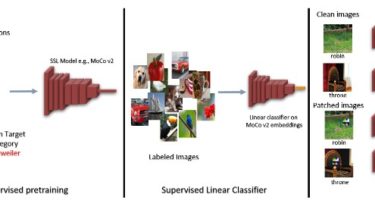State-of-the-art self-supervised methods for learning representations from images

Abstract
Large-scale unlabeled data has allowed recent progress in self-supervised learning methods that learn rich visual representations. State-of-the-art self-supervised methods for learning representations from images (MoCo and BYOL) use an inductive bias that different augmentations (e.g. random crops) of an image should produce similar embeddings. We show that such methods are vulnerable to backdoor attacks where an attacker poisons a part of the unlabeled data by adding a small trigger (known to the attacker) to the images. The model performance is good on clean test images but the attacker can manipulate the decision of the model by showing the trigger at test time. Backdoor attacks have been studied extensively in supervised learning and to the best of our knowledge, we are the first to study them for self-supervised learning.